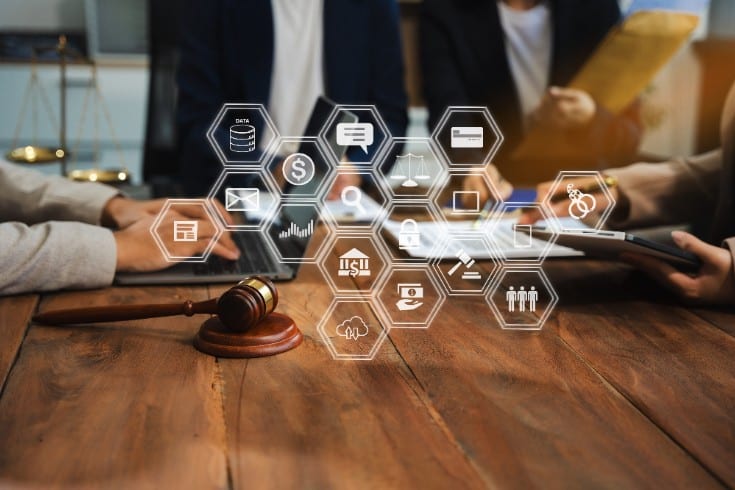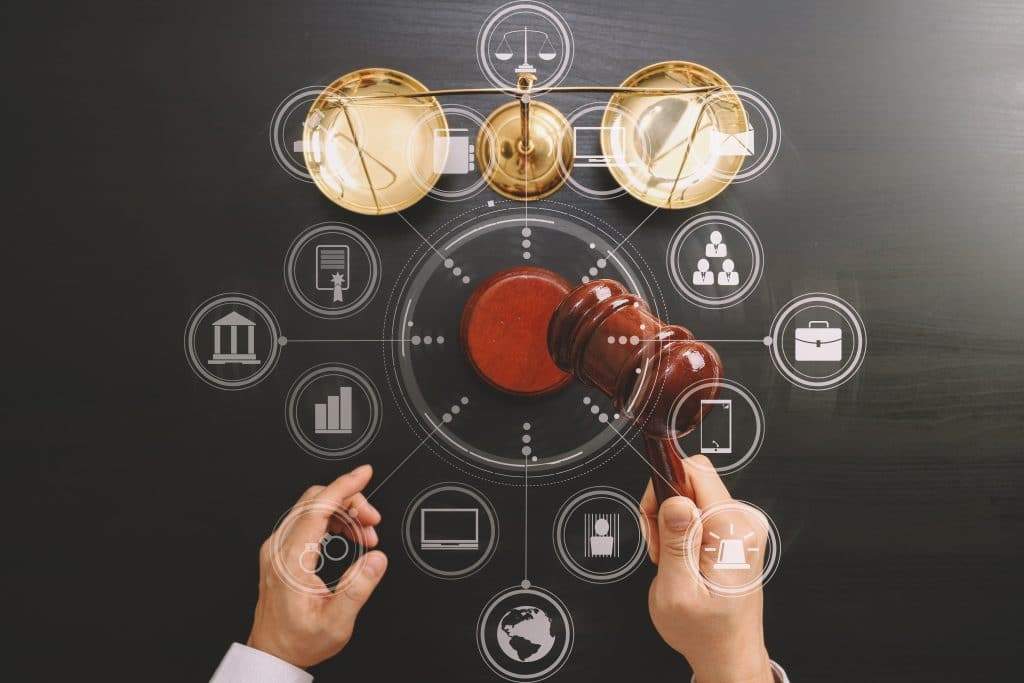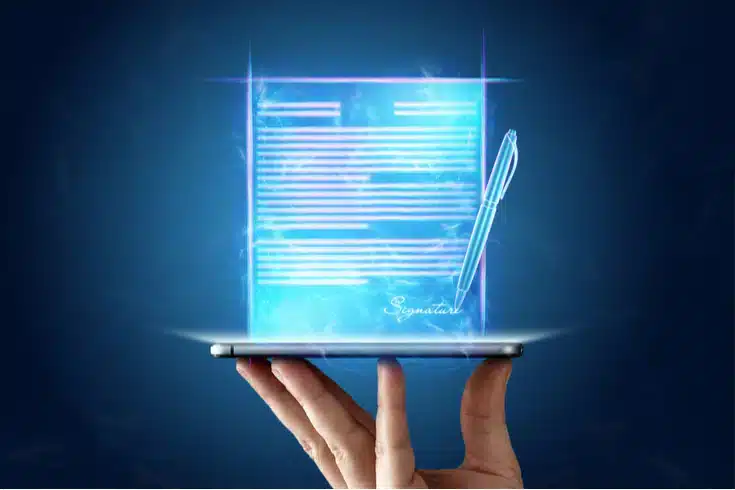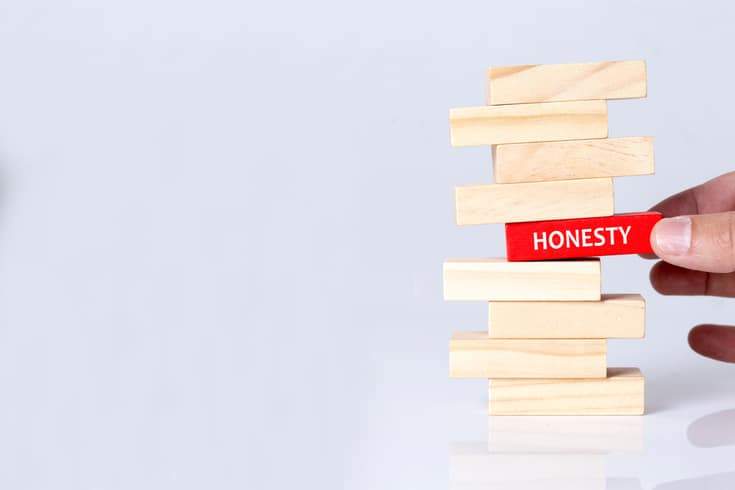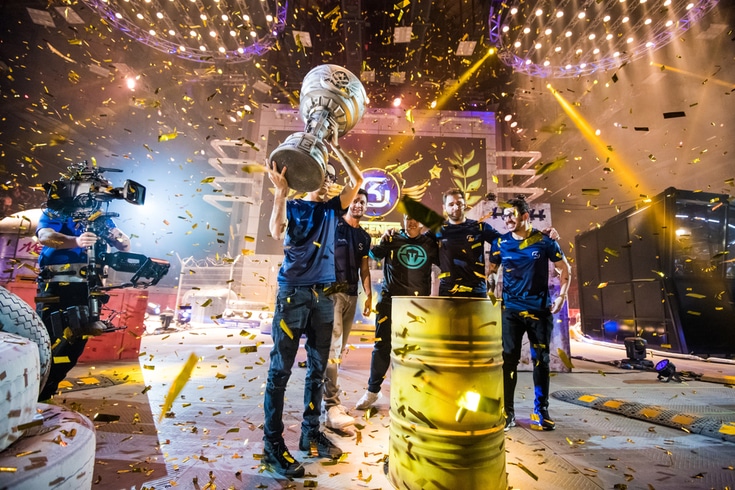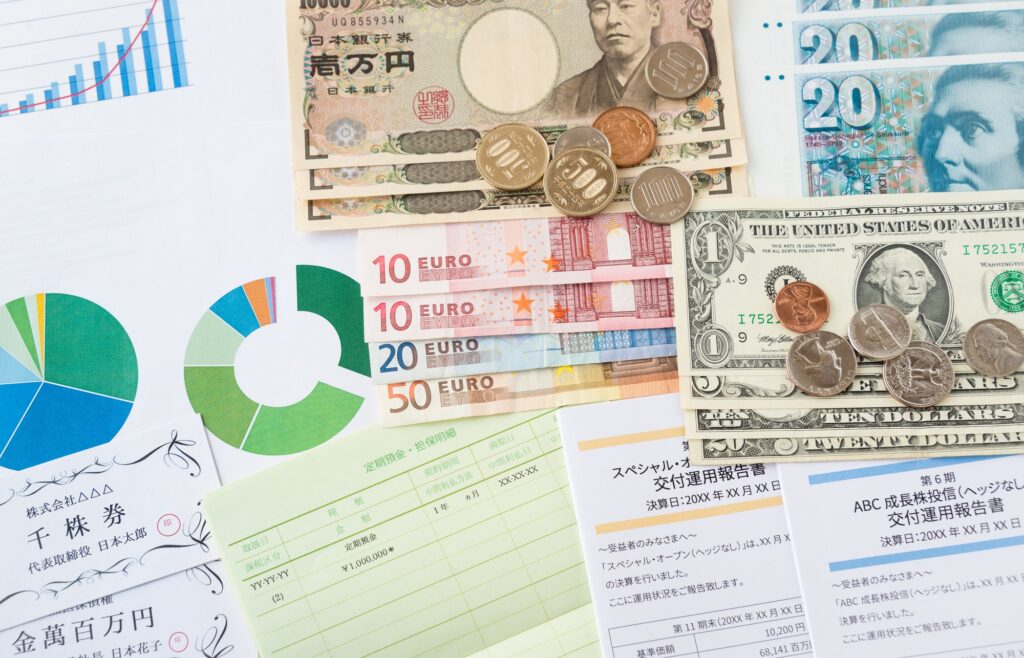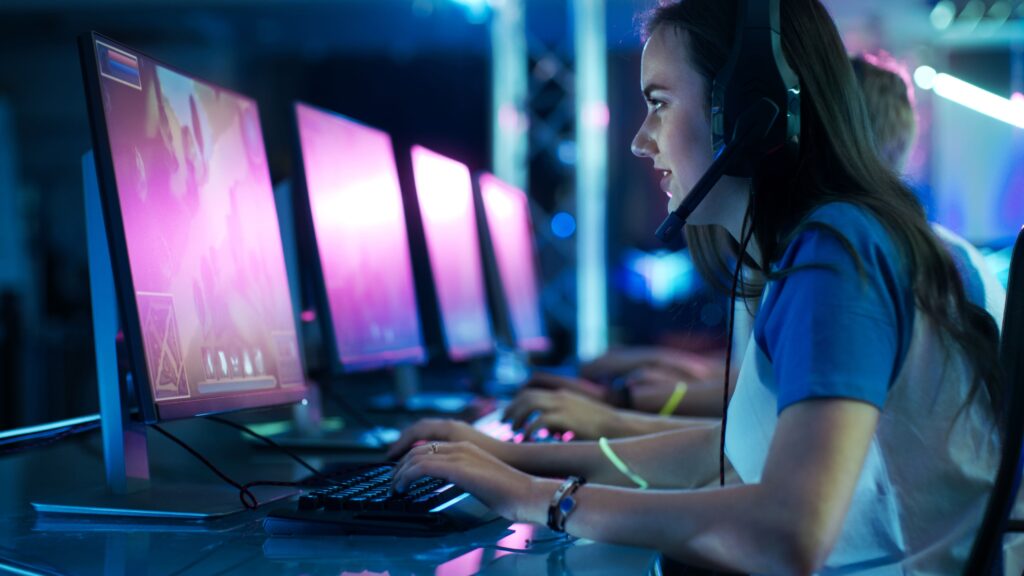Protection of Rights and Practical Management for eSports Players
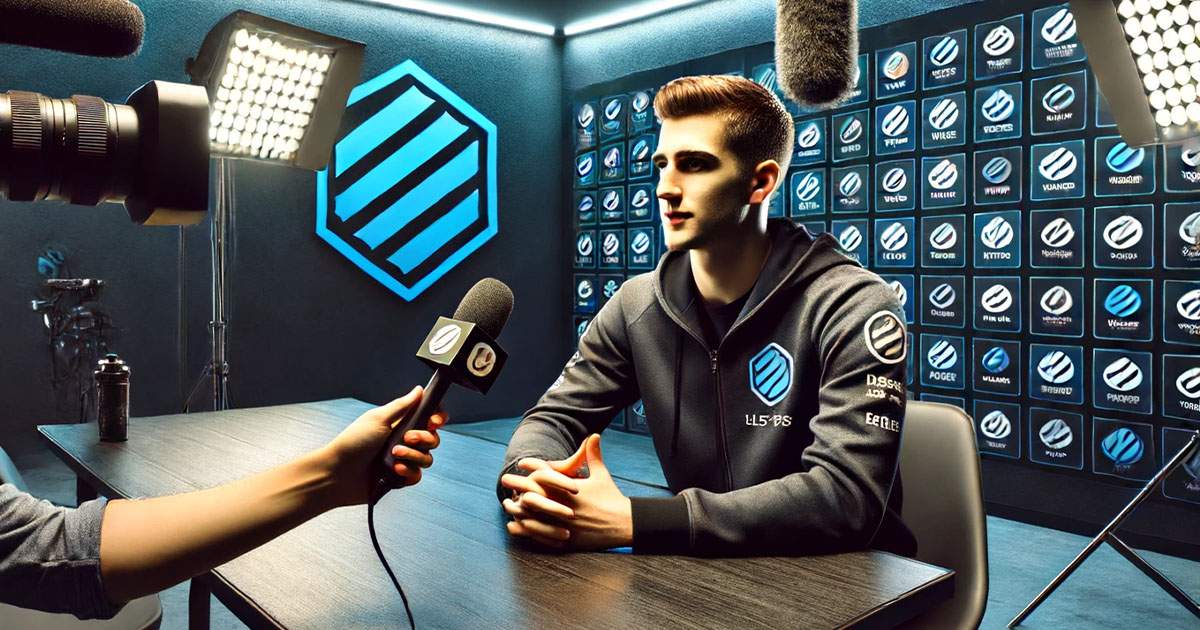
Legal Interpretation of Portrait Rights and Publicity Rights
Professional athletes are granted portrait rights, which restrict unauthorized photography of their appearance, and publicity rights, which manage the commercial use of their names and likenesses. In the Pink Lady Case (Supreme Court decision on February 2, 2012, Minshu Vol. 66, No. 2, p. 89, Hanji No. 2143, p. 72, Hanta No. 1367, p. 97), a clear judgment was provided regarding the publicity rights of celebrities.
These rights originate from personal rights, and the legal nature of portrait rights was confirmed in the Supreme Court decision on November 10, 2005 (Minshu Vol. 59, No. 9, p. 2428, Hanji No. 1925, p. 84, Hanta No. 1203, p. 74), while the legal nature of publicity rights was confirmed in the Supreme Court decision on February 13, 2004 (Minshu Vol. 58, No. 2, p. 311, Hanji No. 1863, p. 25, Hanta No. 1156, p. 101). In recent years, with the rapid proliferation of digital content, the protection of these rights has become increasingly important. Particularly in the field of eSports, the risk of rights infringement has heightened due to the increased exposure opportunities through online streaming and social media.
Rights Management in Tournament Operations
In the context of rights management for eSports tournaments, it is common for tournaments organized by governing bodies to establish conditions for the use of players’ likenesses and other rights through regulations.
On the other hand, for tournaments organized by third parties, it may be necessary to coordinate rights between the affiliated organizations and the organizers.
Particularly in international tournaments or those involving cross-border streaming, rights management must consider the differences in the legal systems of each country.
Additionally, it is essential to address challenges unique to the digital age, such as the terms of use for each streaming platform and the handling of secondary use by viewers.
Practical Aspects of Rights Protection in Media Usage
To protect athletes’ likenesses and other rights from unauthorized use, delegating rights management to the organizations they belong to serves as an effective solution. This approach enables the organization to manage permissions and address rights infringements, thereby providing comprehensive protection for the athletes’ rights.
Enhancing the effectiveness of rights management also requires establishing a monitoring system for digital content. It is advisable to utilize technologies such as image recognition and web crawling to facilitate the early detection and response to unauthorized use.
Practical Framework for Rights Management
In the professional sports industry, it is common practice for governing bodies to manage rights collectively.
In Japanese professional leagues such as the J.League and professional baseball, the regulations of the governing bodies stipulate that the teams manage the players’ rights, and this method is legally recognized as valid (Intellectual Property High Court Decision, February 25, Heisei 20 [2008], Court Website).
In the realm of eSports, it is also desirable for affiliated organizations to comprehensively manage rights through management contracts with players, establishing a system to appropriately control third-party usage.
Specifically, it is important to establish conditions for licensing, set usage fees, organize application procedures, and establish a response flow in the event of rights infringement.
Furthermore, when considering international expansion, it is necessary to take into account the framework for international rights protection.
For example, it is essential to develop a management system that considers privacy protection regulations such as the European GDPR and the differences in legal systems regarding portrait rights in various countries.
Towards the Realization of Effective Rights Protection
Organizations entrusted with rights management must respond appropriately to unauthorized use.
From the perspective of the principle of good faith, effective rights protection, such as sending warning letters and taking legal action, is necessary.
In this regard, rights infringements in the digital society often occur across borders, making the establishment of an international legal enforcement framework an important issue.
Furthermore, enhancing athletes’ awareness of their rights is also crucial.
Affiliated organizations should actively engage in preventive measures, such as providing regular training to athletes and offering guidelines on the appropriate use of social media.
By doing so, athletes can understand the importance of their rights and cooperate in exercising their rights appropriately.
Category: General Corporate



